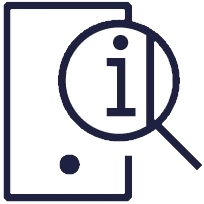Clinical documentation

Pharmacy guide
Here’s a guide to help you in your practice on why, when and where to make a clinical record.
It also suggests what to include in some examples of clinical records to make sure they are detailed but concise, legible, contemporaneous and accurate. As the settings in which pharmacists work is wide-ranging, general guidance is provided but specific recommendations are also given where necessary.
This guidance covers documentation of clinical activity such as findings, interventions, referrals, reviews, consultations, prescribing, administering, service delivery, decisions and advice. It does not cover record keeping such as CD records, emergency supplies, private prescriptions, errors etc. Information on these can be found in the MEP.
First Published: 10 September 2020
Updated: 28 January 2022